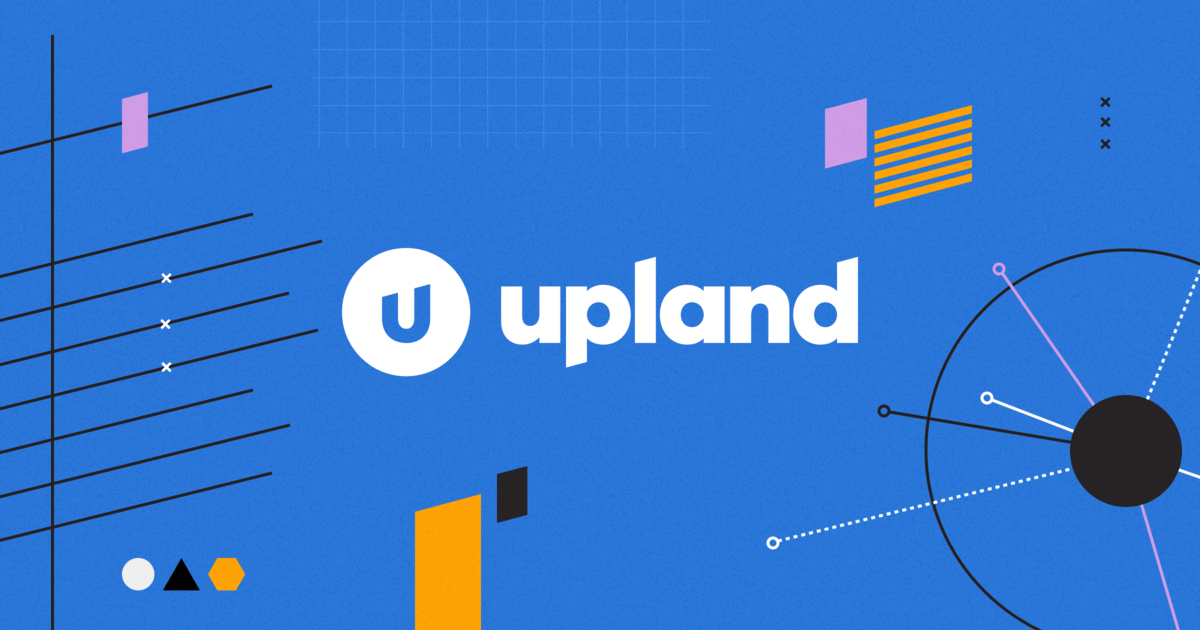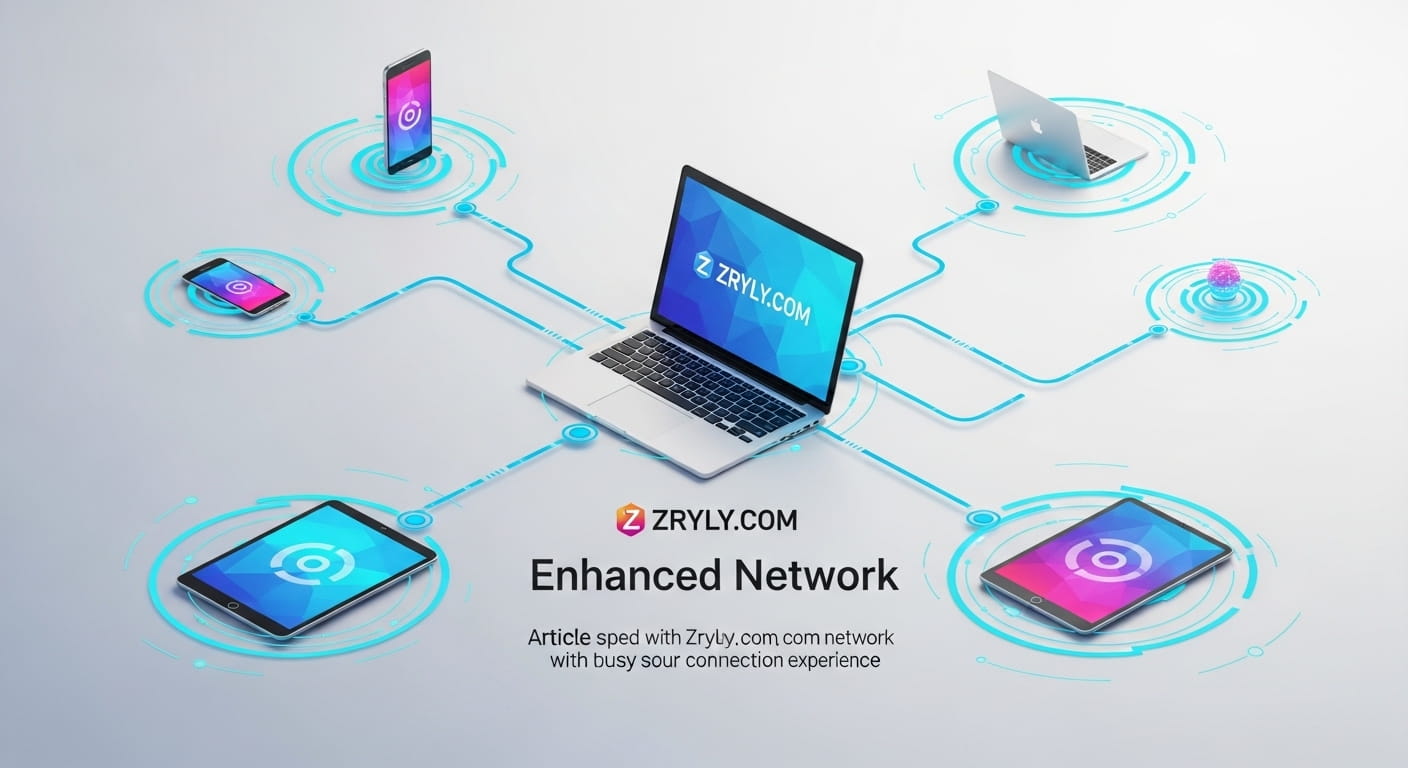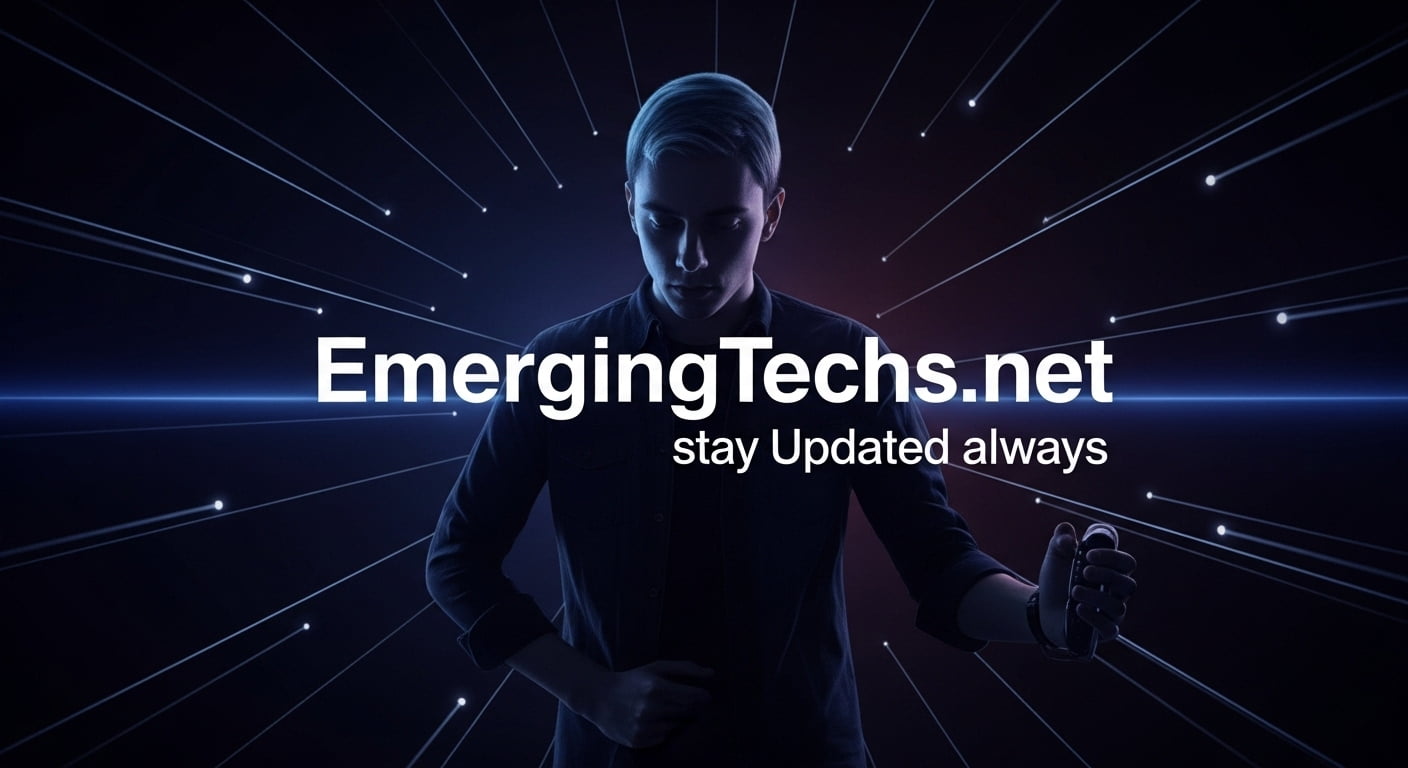For businesses seeking to enhance efficiency and impress prospects, harnessing the power of advanced proposal software proves indispensable. Today’s competitive market demands not only speed but also precision and personalization in crafting proposals.
Identifying the most dynamic and user-friendly platform can be transformational, setting a company apart from its competitors. From customizable templates to collaboration tools, the right features can significantly streamline the proposal process. Keep reading to discover how proposal software can revolutionize your business approaches.
Understanding the Key Components of Proposal Software for Efficiency

Proposal software is designed to simplify the creation and management of business proposals by streamlining workflows and automating repetitive tasks. With an intuitive interface and robust content management systems, teams can quickly adopt the tool and maintain a centralized repository of materials, ensuring consistency and accessibility. Key features like customization, version control, and change tracking keep proposals aligned with the latest company messaging.
The best proposal software features go beyond basics, offering advanced analytics to track recipient engagement and improve future proposals. Built-in communication tools streamline feedback, while notifications and reminders prevent delays, keeping the process on schedule. This ensures clarity, efficiency, and greater impact for every proposal.
Customizable Templates: A Cornerstone for Brand Consistency
High-performing proposal software relies on customizable templates to create professional and visually appealing documents that adhere to brand guidelines. These templates ensure a consistent brand image across all proposals, saving time and allowing team members to customize the template to the specific needs of the lead.
Proposals also need to be customized to appeal to the unique demands and challenges of each prospect. The best proposals strike a balance between using templates as a baseline and incorporating client-specific details and solutions. Some software also includes options for adding multimedia elements, allowing for seamless integration of supporting documents, videos, and images, creating an interactive and engaging proposal.
Collaboration Capabilities: Streamlining Team Input
Superior proposal software offers effective collaboration, allowing team members to work together in real-time, ensuring all necessary insights are reflected in the final proposal. Version control is crucial to prevent confusion from multiple versions of a document being edited concurrently. In-built chat or comment features encourage communication and reduce the need for external tools.
These features allow team members to better contextualize feedback and make quick decisions, enhancing the proposal’s quality. Role-based permissions within the software regulate who has edit access and who can view the document, minimizing the risk of unauthorized alterations and maintaining the integrity of the proposal content throughout the drafting process.
Analyzing Client Engagement Through Advanced Metrics

Data-driven insights are transforming the way businesses develop proposals. Advanced metrics from proposal software provide a clear picture of client engagement, enabling strategic improvements in content. Analytics can reveal areas that are consistently overlooked, allowing businesses to revise or enhance them. Conversely, sections that receive more interest can be identified and refined as key selling points.
Real-time analytics also enable sales teams to follow up strategically based on client interactions, providing focused topics for subsequent discussions or negotiations. Integrating these metrics with other business systems can streamline and improve sales strategies, enabling sales leaders to make informed decisions, tailor tactics, and ultimately increase conversion rates.
Seamless Integration with CRM and Other Business Tools
Proposal software should be integrated with existing business tools, such as CRM systems, to consolidate business functions and ensure smooth data flow across platforms. This allows for easy import of client data into proposals, ensuring accuracy and saving time. Synchronization between these systems logs all client interactions, from initial contact to proposal submission and follow-up.
Some software also includes e-signatures, billing, and project management tools, making accepted proposals actionable without additional data entry or human error. This harmonization not only optimizes the proposal management process but also enhances overall business efficiency, contributing to accurate pipeline management and forecasting accuracy for sales teams.
Overall, the art of proposal creation demands a tool that embodies efficiency, personalization, collaboration, data analysis, and seamless integration. The right software elevates a company’s proposal process, ensuring their business stands out in a crowded market and drives home successful deals.



